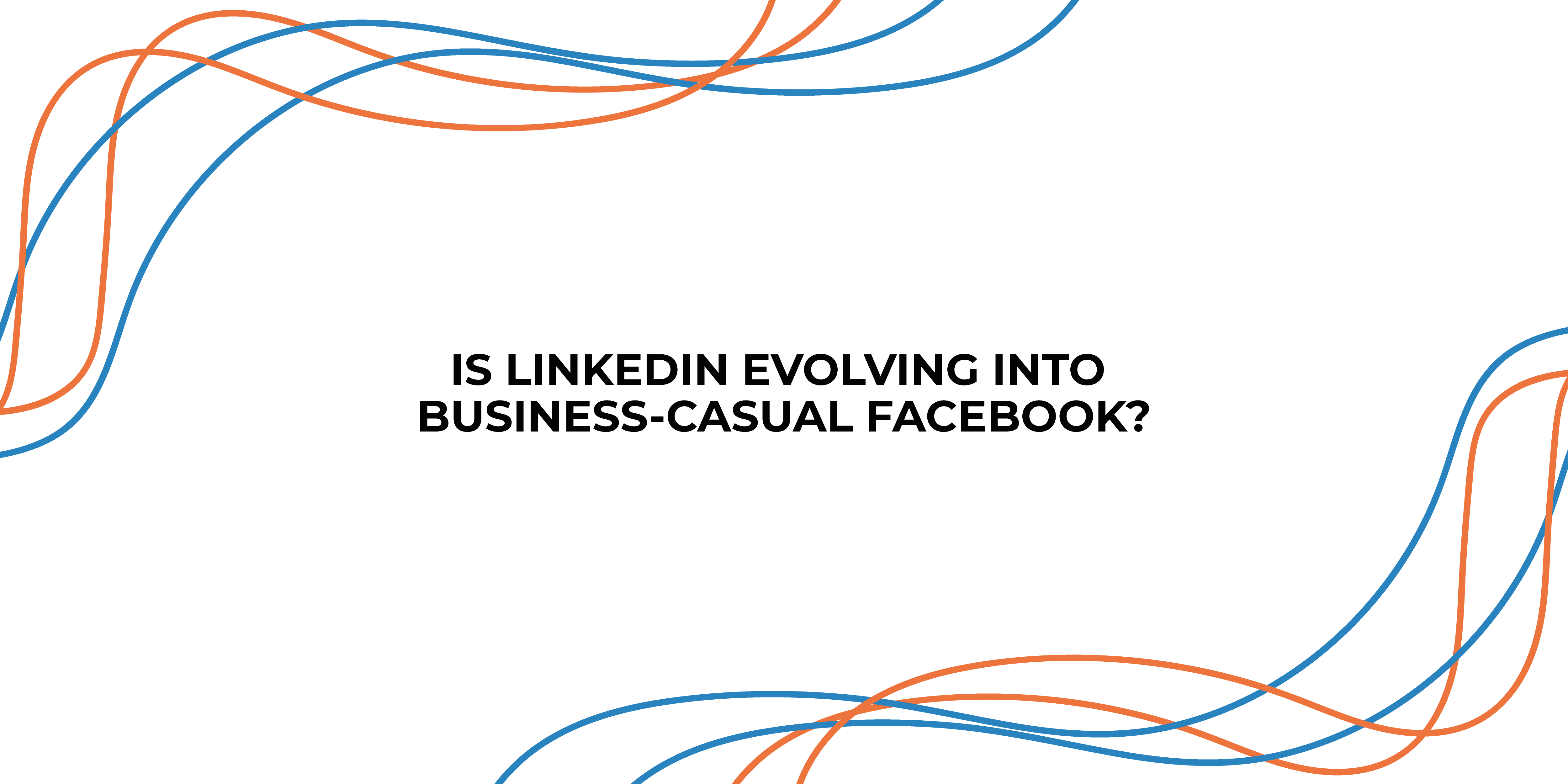LinkedIn was founded in 2002 as a professional networking tool, enabling job seekers to communicate with potential employers and promote their expertise and talents. The site has undergone a lot of alterations and improvements throughout the years, and the content on the site has evolved as well.
With the rising appearance of celebrity gossip pieces and adverts, there seems to be a new trend among certain users to publish personal images, jokes, puzzles, riddles, and other similar things. Some LinkedIn users may like a little variety now and again. At the same time, some users have expressed worry that this long-standing platform for building business ties resembles another social media behemoth with a significantly less professional reputation: Facebook.
What happened?
The fact about LinkedIn is that it has always been a type of social networking, regardless of its stated role. We’ve seen an increasing number of CEOs publishing a few headshots in different postures. Adding the question “which photo should I use in my profile pic?” to their network. The engagement does not stop there. You may not only exchange messages with each other, but you can also congratulate your buddy on great achievements or wish them a happy birthday.
However, such social contacts have traditionally been associated with a professional environment. Users you connect with, for example, can endorse any talents you’ve specified on your profile, functioning as references for possible companies looking for candidates with those abilities.
More social than usual?
The underlying expectation ten years ago was that if you were on the platform, you were there to find a new job. LinkedIn even lets you hide your profile from others in your organisation, ensuring that your manager does not view your profile and presume you are looking for work.
The information and interactions were really dry. This “Facebookification” of content did not occur overnight. Cultural acceptability and customs have evolved gradually.
People who recall the “dry days” are disturbed when they encounter this new edgier stuff. After all, here is where they went into “stealth mode” to find a new job. They would never have approached their social networks for input on their profile photo. They didn’t even attach a photo!
Another point of contention is LinkedIn’s group feature. Users with similar interests may form groups and share useful experiences, queries, and advice. Interactions within these groups have deteriorated as individual interactions, including sharing articles and replying to what others have written, have risen. It doesn’t help that the company’s interests have gone elsewhere, shifting groups to a less visible spot and deactivating several more effective moderating and communication features.
Is this a bad thing?
It is undeniable that LinkedIn appears different now than it did when it originally began. Is this, however, always a bad thing for the platform? Despite the criticisms above, LinkedIn remains extremely popular, with over 700 million users. Clearly, a large number of users still find it beneficial.
Given the prominence of social media and pop culture in marketing these days, some individuals feel that staying in touch with what’s now culturally popular through sharing superficial information is actually a good thing.
We live in a society that is extremely linked in ways that our forefathers were not. Social media is, in many respects, a mirror of our current culture. If LinkedIn has changed, it may be symptomatic of larger changes in modern professionals and stay up to date on those professionals’ interests might lead you to uncover new possibilities or reach new audiences more efficiently.
What are our options?
The more individuals grow acquainted with a social media network, the more uneasy the stuff they share becomes. Do what we do if the lighter, even if minor stuff upsets you. Allow LinkedIn to assist you in curating your news stream.
If you find any content you don’t agree with, simply click the three dots in the upper right-hand corner of the article.
LinkedIn gives you three alternatives when you do this:
- Remove this post
- Unfollow
- Report
How Can LinkedIn Improve?
LinkedIn may provide a tool that compares new and old posts.
Anyone found copying and pasting without providing attribution should be permanently barred from posting on LinkedIn.
Plagiarism is a serious offence in the literary field, with serious consequences for one’s reputation and career. I don’t see why the repercussions shouldn’t be the same as those for any other internet posting.
When you’re an influencer, speaker, or another kind of leader, your thought leadership contributes significantly to your overall worth. You are simply another individual without these different words and ideas.
Anyone who attempts to position themselves as thought leaders by stealing someone else’s ideas should be immediately and permanently banned.
Give individuals greater control over their feeds.
LinkedIn’s settings already include “Feed Preferences” under the user preferences, which is an excellent place to start.
However, this controls which firms and individuals we view content from, not the sort of information we see.
It’s impossible to predict who will publish what after several connections. We also see posts that our connections enjoy for some reason.
The bottom line.
Baby photos, health updates, and marriage proposals… the corporate networking site has evolved from a CV resource to a social media centre.
Let’s hope LinkedIn doesn’t become the centre of fake news like Facebook.



